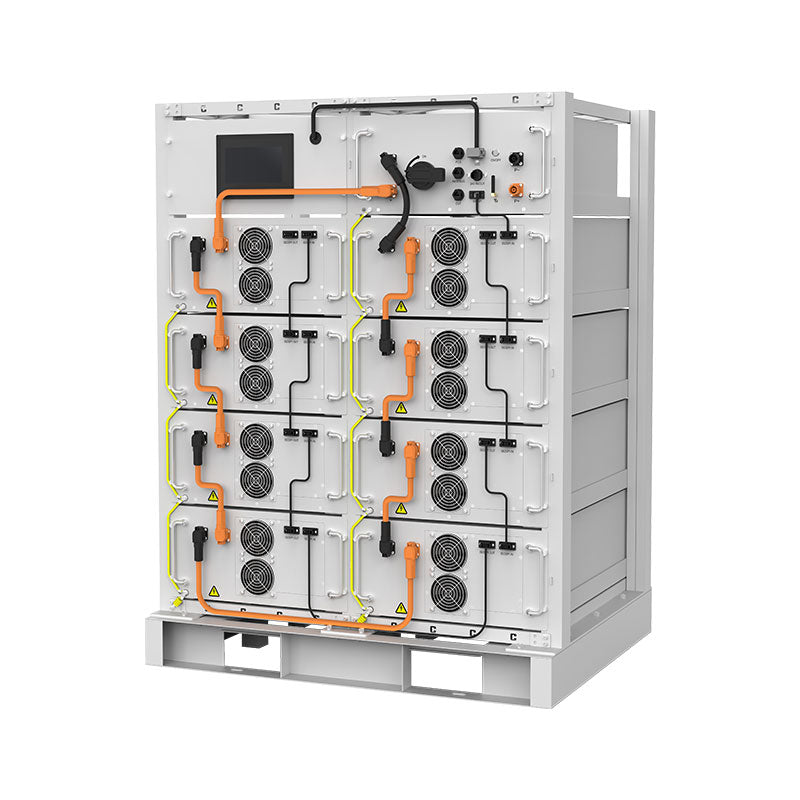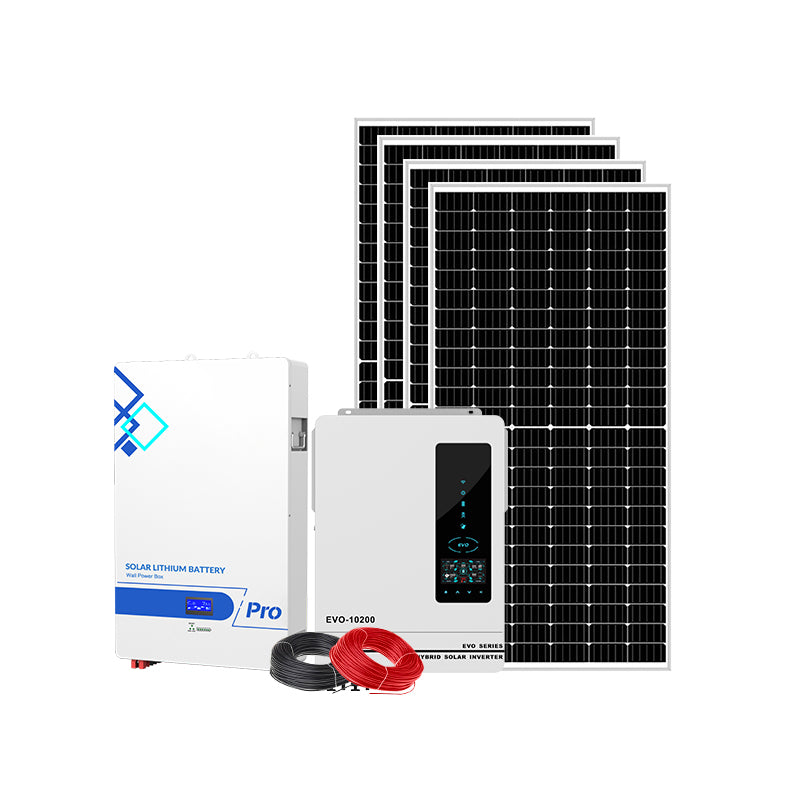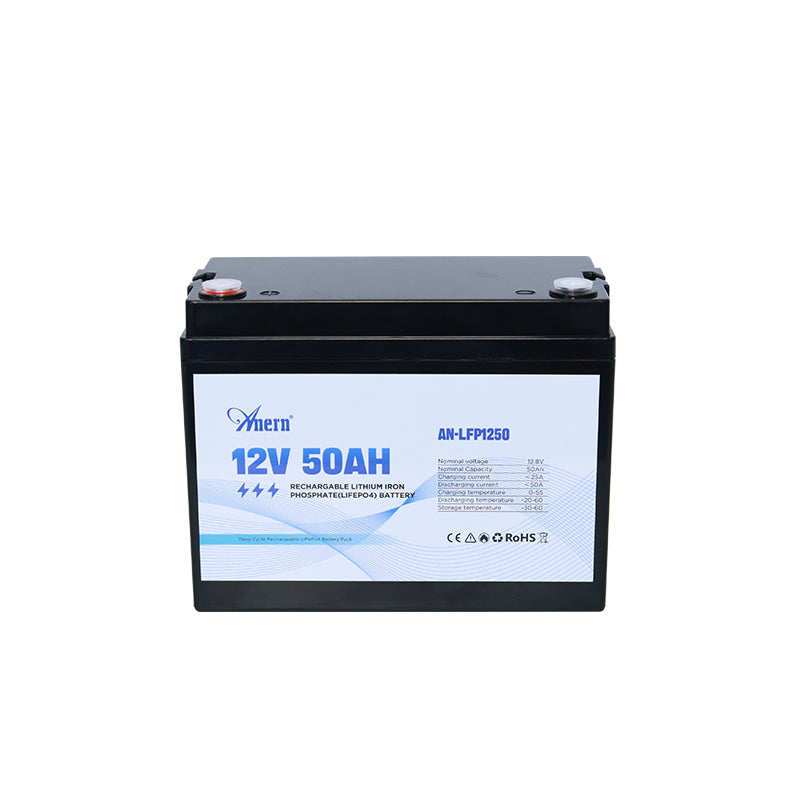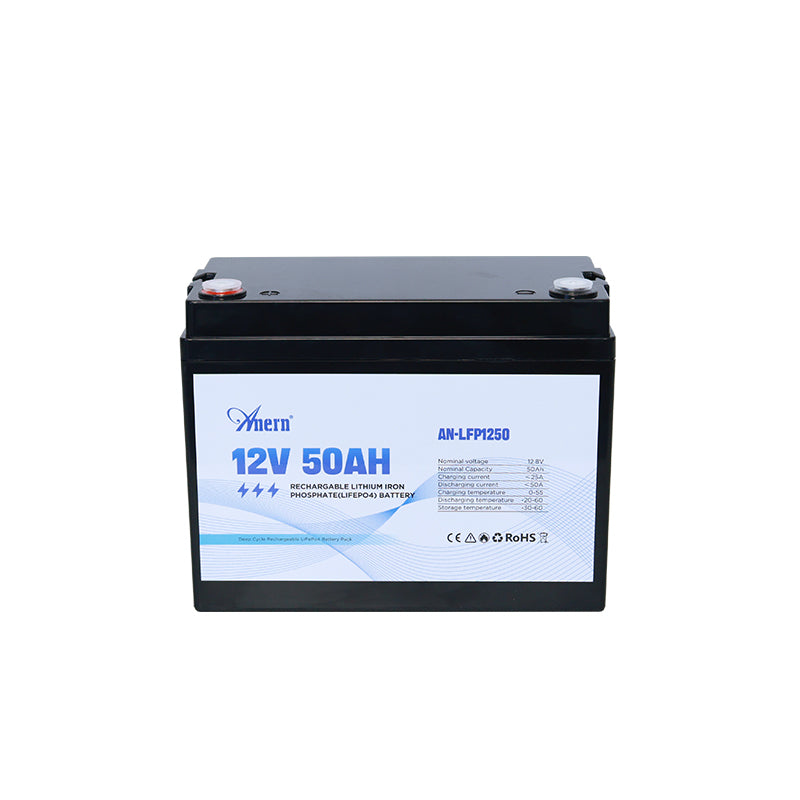For those who own a remote cabin or dream of a weekend getaway far from urban life, the challenge of living without public utilities is a significant consideration. A standalone solar power system offers a quiet, reliable, and sustainable solution, providing the energy needed for modern comforts without a connection to the main power grid. Whether for a weekend hunting camp, a seasonal cottage, or a full-time residence, solar energy can make off-grid living simple and dependable.
Planning Your Off-Grid Solar System
A successful off-grid solar installation begins with careful planning. Before purchasing any equipment, it's essential to understand your energy consumption and the corresponding system size you'll need.
Determining Your Power Needs
The first step is to calculate your total daily energy consumption. This involves creating a list of every appliance and electronic device you intend to use, from lights to a water pump or refrigerator. For each item, multiply its wattage by the number of hours you expect to use it daily. Summing these figures for all devices will give you your total daily watt-hours. It is wise to add a 20-30% buffer to this total to account for inefficiencies and unexpected needs.
System Sizing and Costs
The size and cost of your system will directly correlate with your energy needs. Off-grid systems are generally categorized by their capacity:
- Small Systems: Ideal for weekend cabins, hunting camps, RVs, and boats, these systems typically cost between $350 and $2,000. They can power basic loads like a few lights and small electronics.
- Medium Systems: Suited for seasonal cottages or cabins used for several weeks at a time, these setups range from $1,000 to $3,500. They can handle more significant loads, including efficient refrigerators and pumps.
- Large Systems: Designed for year-round off-grid homes, these systems can cost from $7,500 to over $25,000. They can operate most household appliances, though high-demand items like air conditioning require a much larger solar array and battery bank. In northern climates, a backup generator is almost always necessary for winter months.
Core Components of a Cabin Solar System
Off-grid solar kits are available and provide the essential components needed for energy independence. However, understanding each part is crucial for building a reliable system. The primary components are the solar panels, batteries, a charge controller, and an inverter.
Solar Panels (The Array)
Solar panels capture sunlight and convert it into DC electricity. For cabin systems, it's important to consider the array's orientation and tilt. The panels should face south (in the Northern Hemisphere) for maximum sun exposure. The ideal year-round tilt angle is roughly equal to your latitude. You can adjust this for seasonal use—a steeper angle for better winter performance or a lesser angle for summer. Panels can be mounted on the roof, a pole, or a ground frame, ensuring the structure can withstand wind uplift.
Battery Bank (Energy Storage)
Since the sun isn't always shining, a battery bank is essential for storing energy for use at night or on cloudy days. It is critical to use deep-cycle batteries, such as 12-volt RV/marine types or 6-volt golf-cart batteries, which are designed for repeated charging and discharging. Standard car batteries are not suitable and will fail quickly. Sealed (AGM or GEL) batteries are a maintenance-free but more expensive option that eliminates the risk of gas venting, a key advantage in a small cabin. In colder climates, the battery bank should be insulated to prevent a drastic drop in performance below 35°F (1.7°C).
Charge Controller
A charge controller is a vital component that regulates the flow of electricity from the solar panels to the batteries. Its primary job is to prevent the batteries from overcharging, which can cause permanent damage. It also prevents reverse current flow from the batteries back to the panels at night. If you use sealed AGM or GEL batteries, it is crucial to select a charge controller with a specific setting for these battery types to avoid damaging them with incorrect charging voltages.
Inverter
The power stored in your batteries is DC (Direct Current), but most standard household appliances run on AC (Alternating Current). An inverter converts DC power to AC power. For a very simple cabin system focused only on lighting and a few DC devices, you might choose to skip an inverter and use only 12-volt appliances. However, for running conventional electronics, kitchen appliances, or tools, an inverter is necessary.
Installation and Safety Considerations
While a small, 12-volt DIY installation is achievable, safety must be the top priority. Even low-voltage systems can pose risks if not installed correctly.
Wiring and Grounding
A battery bank stores a significant amount of energy that can melt wires and cause a fire if short-circuited. Always use the correct size of wire and include fuses or circuit breakers between the solar array and the charge controller, and between the charge controller and the battery. All roof-mounted solar arrays should be grounded to protect against lightning damage. This involves running a bare copper ground wire connecting the frame of each panel to an 8-foot copper-clad ground rod driven into the earth near the cabin.
Final Checks
Before making the final connection to the battery, use a volt-ohm meter to check all wiring. Ensure there are no short circuits and that all positive and negative polarities are correct. A typical 12-volt solar panel may show a higher voltage (17-21 volts) when not connected to a load; this is normal. Once all checks are complete, you can safely turn on your system and enjoy your self-generated power.
Living Efficiently with Solar Power
Powering a cabin with solar energy requires a shift in mindset towards energy conservation. Managing your power usage is key to ensuring your system can meet your needs, especially during long stretches of cloudy weather.
Energy-Efficient Appliances
The single biggest power consumer in many homes is the refrigerator. For a remote cabin, an electric refrigerator or freezer can dramatically increase the system's size and cost. Bringing a high-quality ice chest is a practical solution for short stays. For longer-term use, investing in a super-efficient 12-volt DC refrigerator designed for off-grid applications is highly recommended. Brands like SunFrost and SunDanzer offer models that can save thousands of dollars in the long run by allowing for a much smaller solar array and battery bank. Other options include propane-powered fridges and stoves.
Water Systems and Other Loads
For water, an on-demand 12-volt DC pressure pump connected to a storage tank is a low-energy solution for sinks and showers. This avoids the high electrical demand of a deep well pump. Consider lighting with efficient RV-style DC fixtures or LEDs.
Conclusion: Embracing Energy Independence
Powering a remote cabin with solar energy is an achievable goal that offers immense rewards. From the quiet hum of an inverter to the satisfaction of generating your own clean power, an off-grid solar system provides freedom and reliability. With careful planning, the right components, and a mindful approach to energy use, you can sustainably power your off-grid retreat for years to come.







Leave a comment
All comments are moderated before being published.
This site is protected by hCaptcha and the hCaptcha Privacy Policy and Terms of Service apply.